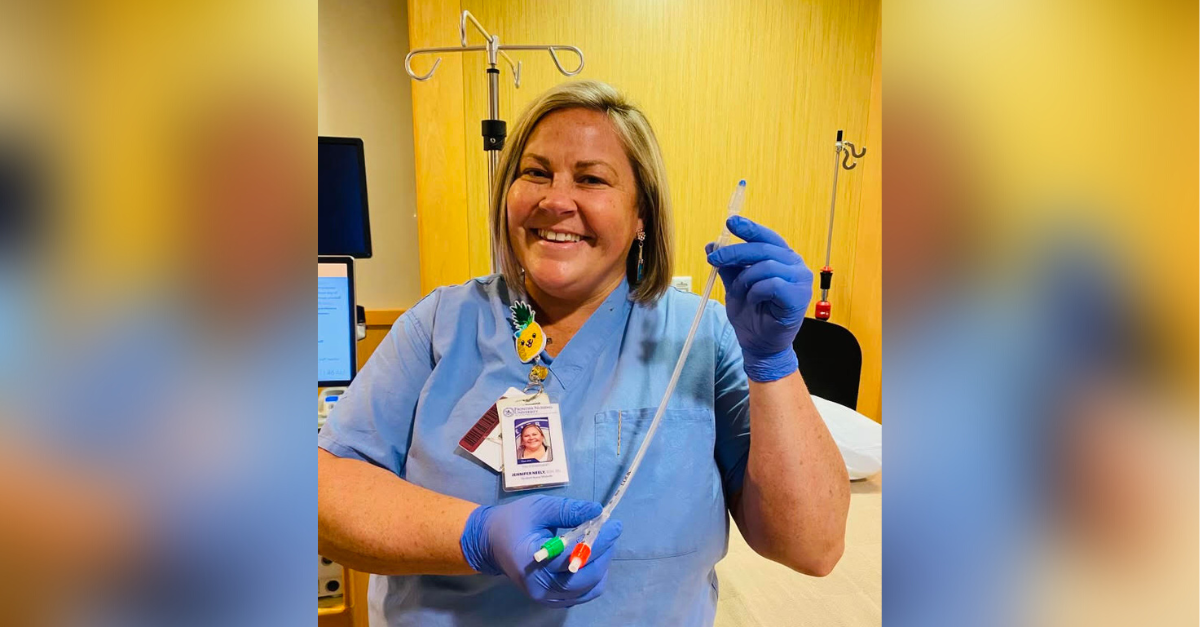Midwife in the Making: What’s a Catheter Cervical Ripening Balloon?
The Midwife in the Making was a blog written by Jennifer Walker, CNM while she was a Nurse Midwife graduate student at Frontier Nursing University, completing her clinical rotation with Covington Women’s Health Specialists and Piedmont Newton Women’s Services. After graduating in Fall 2022, she joined the Covington Women’s Health Specialists team as a certified nurse midwife.
Have you ever seen a medical tool with two-headed bubbles attached to some tubes? You may have seen a catheter cervical ripening balloon. While it may look intimidating, I promise it is not as bad as it seems!
Cervical ripening balloons are one of several methods used to help induce labor. Every induction varies for each person depending on a multitude of factors, which means that not everyone will be a candidate for a cervical ripening balloon.
As a labor and delivery nurse, I was always fascinated by cervical ripening balloons. You can imagine my excitement when I successfully placed my first cervical ripening balloon in a patient recently. Followed by the little victory dance and fist pump I did!
Cervical ripening balloons are used for mechanical dilation of the cervix. There are two small balloons on the end of the catheter. When placed correctly, each balloon will be filled up with water to create steady pressure on the internal and external cervical os, creating mechanical dilation.
It can stay inserted inside of you for up to 12 hours but many times I have seen it fall out before the 12 hours was up. Funny side note: I had a patient sneeze hers out! I would not have believed it if I had not seen it myself! And she was 4 centimeters—score!
Now, does it hurt? That answer is subjective. I’ve heard them described mostly as “uncomfortable” and “a crampy feeling” during placement. The good news is that this is one of the many methods we can use for induction. While it may not be for everyone, it is certainly a good option for some.








